Please Enter ZIP/Postal Code
- Apply Locally
- Call phone number(315) 887-4057 24/7 Emergency Services
Please Enter ZIP/Postal Code
- Apply Locally
Call phone number(315) 887-4057 24/7 Emergency Services
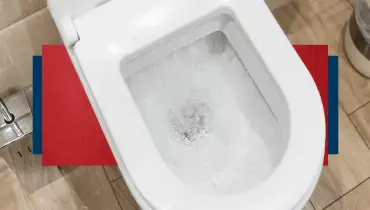

When your toilet is not flushing or will not flush all the way, it raises concerns. Ensure you know what to do when you have issue
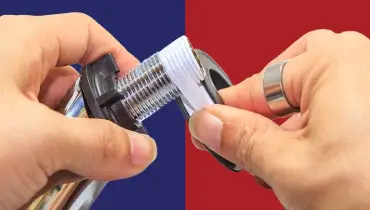
.webp)
.webp)
Leaks can occur in showerheads, faucets, toilets and outdoor irrigation systems. When they do, it is helpful to know how to seal a leaking pipe while you wait for a plumber.
.webp)
.webp)
An underground water leak can put your home at risk for water damage. If a pipe bursts, you may notice a few signs inside and outside your home.
After a long day of work, you finally hop in the shower. As the water runs, you notice a small amount of pooling by the drain
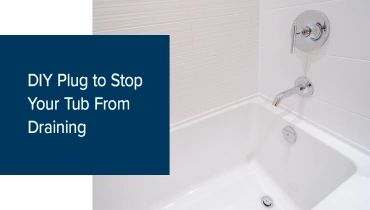

You finally decide to treat yourself by running a bubble bath. However, as you fill your tub, you notice the water draining instead of collecting
Mold is a type of fungus you can find in the home, but the bathroom is a common place to find mold because of the damp environment
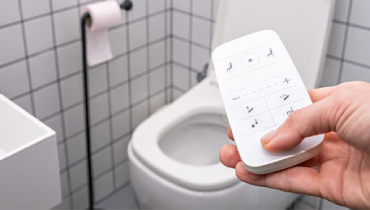

Installing a bidet is a great way to enhance your bathroom and improve your hygiene. While you do need a plumber to install a free
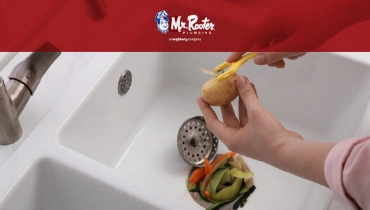

Since 1927, garbage disposals have been staple fixtures in American households.
Rust, dirt, and minerals can cause your tap water to turn brown. Several factors can lead to an uptick in sediment, but all causes